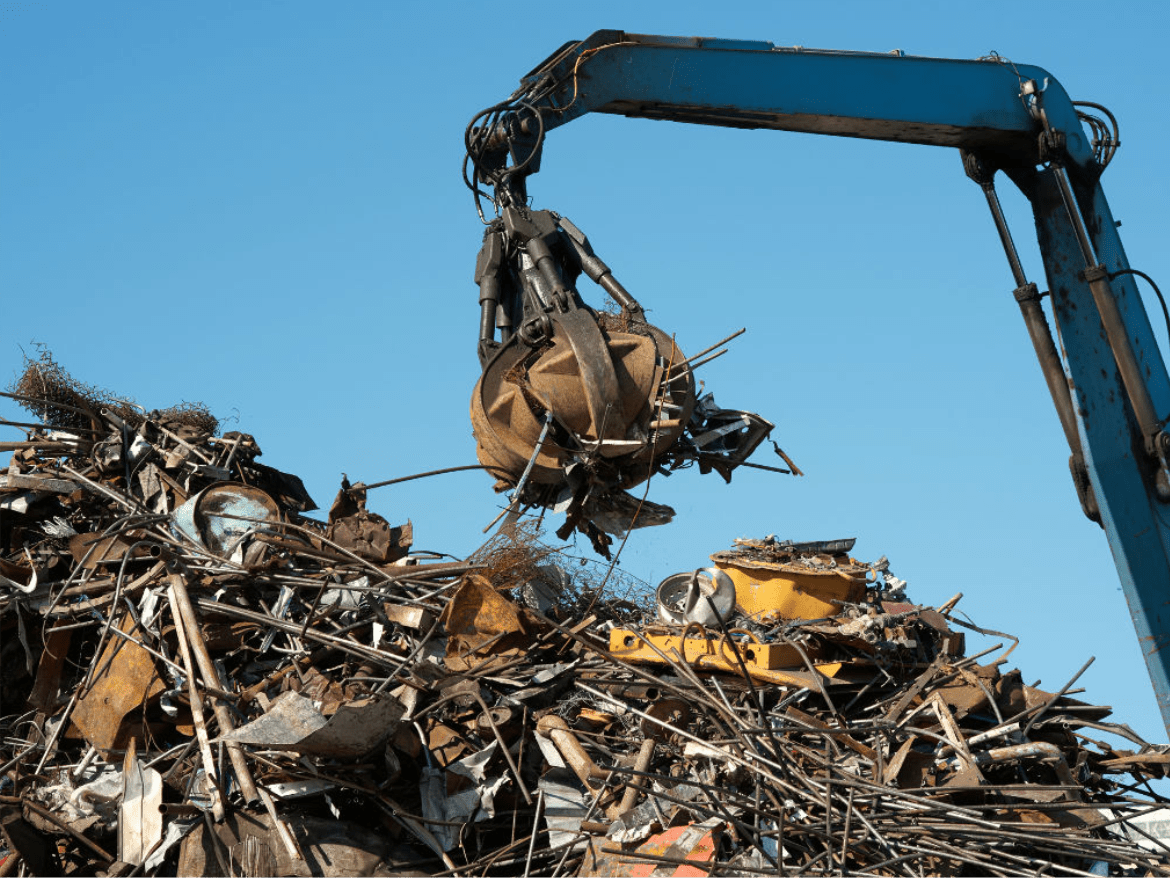Industrial recycling
For many years, the primary type of recycling was direct recycling by producers of leftover and defective materials. However, in the 1990s, indirect recycling, or recycling materials after consumers have used them, became the focus of effort. For a long time, the majority of solid waste was being dumped or disposed of in landfills. Landfills, on the other hand, this is rapidly filling up. This garbage dumping has resulted in a lot of environmental issues.
Currently, hundreds of millions of non-hazardous industrial waste materials are not reused or recycled – at a significant cost to both the company producing the waste and the companies producing new goods, which must purchase more expensive raw materials because recycled materials are not available.
Here comes- Industrial recycling.
Recycling is a rising alternative to such destruction. When the industry implements substantial recycling initiatives, it has been proven that the savings can be significant. Aside from lowering production and material costs, such programs can shield businesses from responsibility for environmental breaches.
Industrial Recycling is collecting and reusing waste products from the home, industry, agriculture, and business, thereby reducing their burden on the environment.
Industrial materials recycling is also referred to as “beneficial use” by the government. Both terms refer to the reuse or recycling of waste materials generated by industrial operations. These industrial waste materials may be utilized safely and successfully in constructing buildings, roads, bridges, consumer goods and products, and a variety of other construction-related activities.
How is it done?
Different materials have different recycling procedures. However, they all use the same processing methods. The first stage is to collect and classify the metal.
Processing begins once the materials have been separated. Materials are first shredded, which makes it simpler for them to be melted. Materials are shred and then dissolved in huge furnaces before being cleansed with a direct electric current to remove impurities.
Finally, the materials are cooled and solidified in the purifying cycle.
When the procedure is finished, the metal recycling firm or scrap yard will transfer the metals to companies, then use the new recycled raw materials to manufacture new items, such as new metal beams for building or recycling tinned cans.
Many recyclable items can be recovered from an industry site:
Here are several examples:
- Metals
- Wood
- Concrete
- Glass
- asphalt pavement
- Gypsum (drywall material)
What are the options for reusing it?
Metals: Refer to the preceding section.
Wood: Through the process of re-milling, untreated and clean wood may typically be reused to produce boiler fuel, mulch, or engineered board.
Glass: Recycled windows can be used in various constructions. Glass can also be melted and reformed into a usable substance.
Asphalt Pavement: Recycled materials can result in energy savings. These are frequently remelted and recycled into the asphalt.
Gypsum: This is drywall material that can be recycled to make recycled drywall, cement, or utilized in agriculture.
The top 8 benefits of industrial recycling are:
- Reduces the producer’s need for raw materials, thereby protecting the environment.
- Energy can be conserved, and greenhouse gas emissions are minimized by reducing the number of items made through high energy demand procedures.
- As the material costs are reduced, both the manufacturer and the customer save money.
- Crushed concrete and asphalt are utilized as structural fill or as paving materials.
- Road embankments, concrete, and fill are made from recycled coal fly ash, wasted foundry sand, and slag.
- Utilization of recycled coal ash in the production of ceiling tiles and cement.
- Using flue gas gypsum, waste foundry sand, and paper byproducts to make agricultural supplements and soil.
- Metal recycling can save companies thousands of dollars. Not only does it reduce a company’s disposal expenses, but firms that employ recycled materials to make new goods can save up to 90% of the energy necessary to create a new material/product.
- Fewer landfills equal less harmful build-up in the environment.







